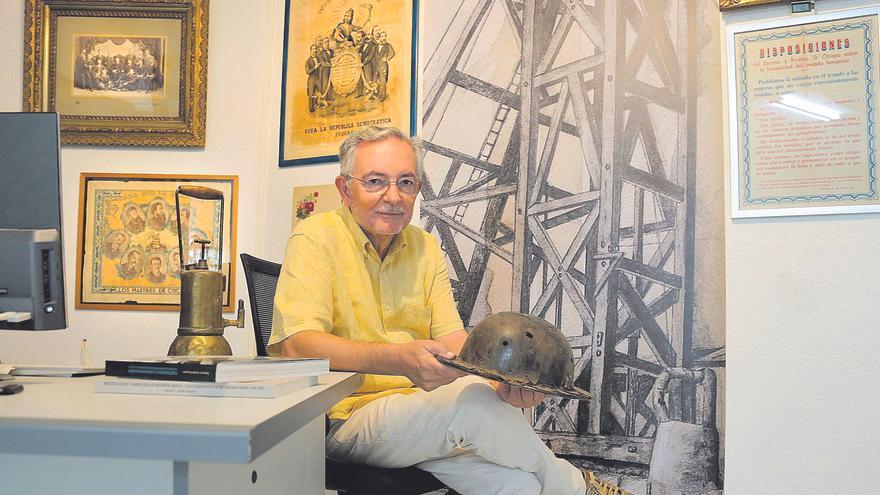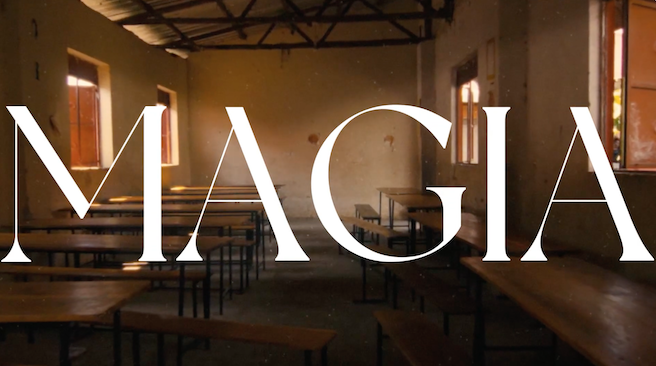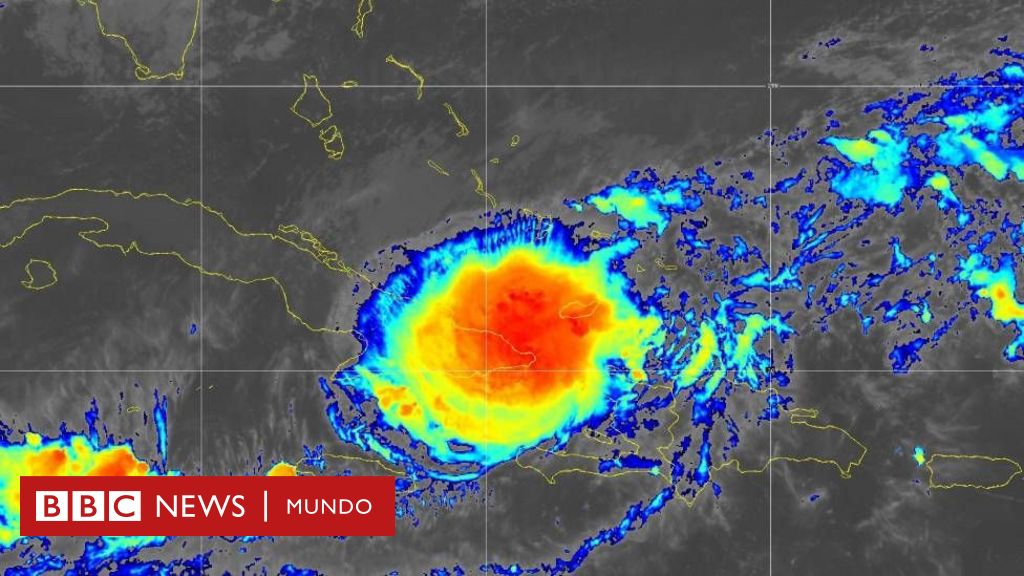Mariano Gillin, a cultural astrologer

He is one of the people who knows and defends Mazaron’s history and heritage best. This is Mariano Carlos Guillen Riquelme, the municipality’s official historian. Before I went up to his house, I met him at the family optometrist, next to the Plaza del Convento de la Purísima. Mariano was born in Cartagena, where his father, born in La Union, was an optometrist, so it is easy to conclude that he has always been associated with mining and Mediterranean cities, and this undoubtedly gives a personal character: «I studied technical mining engineering in Cartagena – As he told me – then Óptica, in order to carry on the family business, and I must confess that I am passionate about both, as well as photography, history and anthropology, which is a specialty, and the latter, the last time I studied was I was 40, at UCAM, where I got my M.S. and a Ph.D. about transformations in society due to mining.” He is also a member of the Alfonso X Alsabo Academy.
I take his picture in his safe, where he works, studies and writes, as well as some of his books, especially old editions. The walls are full of historical photos, documents, inscriptions… Mariano is a wonderful collector of pictures. He is a regular member of the Rastro de Madrid and at the most important collection and photography fairs. Knowing that he would hit me in the bone of taste, he showed me an old oil painting of Isidoro Méquez’s Discourse in the Theater and an Essay on the Great Actor of Cartagena: Isidoro Míquez, Disciple of Talma, first edition of Alberto Colao. In the office there are, in addition, many other documentary gems, ancient objects from mines, a fine collection of minerals and some of his own drawings, for Mariano, a restless soul if any, also cultivated painting and drawing.
He told me that when he came to Mazarrón “I began to hear stories about mining, I investigated the splendor of mining in that city which in a short time had moved from 4,000 to 30,000 inhabitants and which had many theaters, singers in cafés, shops, grocery stores, and famous brothels … The truth is that Cartagena, La Onion, and Mazaron, even in their historical and archaeological pasts, have much in common with the Mediterranean civilizations that landed here and traded with these lands.” In our conversation we spoke about his publications: he has written 7 books on Mazarrón and dozens of articles on this region of the southeast, he has given many conferences and has never stopped researching and compiling documents and graphic materials; For this, Mariano became a regular in the archive, as well as collecting ancient oral memory. In the 1990s Mazarrón wrote 1900, a wonderful book presented on December 3 in a new edition, expanded and revised, with new photographs and illustrations and a great design by José Luis Monteiro. They’ll take it off your hands, no doubt.
Among his many collaborations with culture, we must not forget that he was the originator and promoter of the outdoor speed painting competition ‘Paisajes de Mazarrón, Domingo Valdivieso Memorial’, for which he was responsible during that first stage in which it was held in the magnificent Basilica of San Andrés, then desecrated , a magical place to showcase the work of the best national artists in this discipline. I remember it quite well because on several occasions I participated successfully, and I saw him hanging in everything and even in possession of the keys of the church, which is a pity, once it was restored by the Ministry of Culture, at the request of Mazaron, the episcopate felt to make it holy again, no longer necessary for worship but it would be divine for culture.
We also talk about travel. Mariano is an inveterate traveler, for a long time, who every year makes a wonderful trip with the family through distant countries and exotic lands. This summer he was in Indonesia and the famous islands. I am excited about the tales he tells me and I suggest he write a book with his experiences: Seeing gorillas in Uganda, where they were caught in a coup, in the Kingdom of Bhutan, in Tibet, where there is even a ministry. Felicidad, for India, Peru, Argentina, Chile, Africa … “We still have to go to New Zealand and Australia, and it’s an outstanding issue”, and he asserts that the best thing about the trips is the careful planning he does before that with his daughter Carmen, a well-known history teacher Now with her appearance on the TV show El Condensador de Fluzo and adding: «I agree with her that travel teaches you, changes you and heals you, I cannot say that better. ».
I see in his library his works, such a wonderful volume with some priceless pictures: Cartagena, La Union, Mazaron, A Journey Along the Coast on the Threshold of the Twentieth Century, and he says to me: “Indeed, I love writing more than reading. I am passionate about ancient photography. This week I am going to a photography exhibition in Paris, you cannot imagine the old photos from here, by traveling photographers, that you can find in Europe.”
The conversation continues: “The consolidation of the ‘Mares de Papel’ is an event of great importance in Mazarrón, a brave proposal that bets on cultural resources in the middle of the summer heat wave and beyond the local sphere, praising very diverse aspects of politics, cinema, music or theater. On the one hand. Another, Casas Consistoriales exhibition space has become a regional art standard.” Regarding mining heritage, he told me that “we will have to save the tangible and intangible heritage that our people have bequeathed us and dedicate ourselves more to defending the preservation of the extraordinary cultural landscape, defending it from all attacks that subjected to it.”
I do not miss the opportunity to ask him about the Phoenician ship: “It forms an essential part of our history, it represents the time when the Gulf of Mazaron was a reference point for the Phoenician ships that sailed the Mediterranean, it symbolizes us. Most of our ancestral past is closely related to our traditional mining activity. It is an inalienable characteristic that must remain in the place it represents, Mazarrón, especially as it relates to a population of over 30,000 inhabitants with many civilizations behind it. The work of historians like Mariano is impressive.

“Award-winning zombie scholar. Music practitioner. Food expert. Troublemaker.”






:quality(75)/arc-anglerfish-arc2-prod-elcomercio.s3.amazonaws.com/public/ZQSWD7LR5BAWRKBOTV6M6QJ3CA.jpg)


